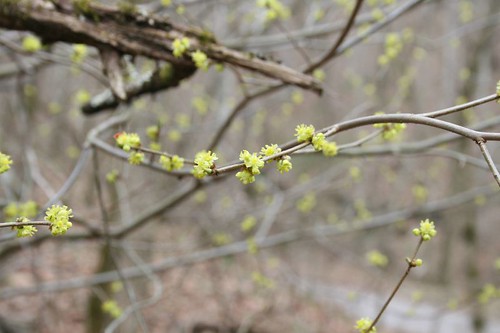Getting outside, inside the beltway: tips on getting outdoors in the Washington, DC area.
Most Popular Posts
-
Photo credit: ilkerender Last year we listed places to swim near DC and places to rent a canoe near DC . Today we return to complete the s...
-
Summer calls out for being on the water. We've found more than a dozen locations where you can rent a canoe or kayak in the Washington, ...
-
What a lovely break in the heat we're having. Here are some things to keep an eye out for in August. Links are to previous LOOK FOR post...
-
This spring has been cold and a little slow, like last year. Morels , in particular, are just starting to show up. Below are all the things ...
-
The Jack in the pulpits are starting to unfurl right now. I've always loved these flowers, showy in their design rather than their color...
-
I've been distracted from the Natural Capital but I haven't totally forgotten about you guys...Here are some of the other things we ...
-
This time last year, the wood frogs were out and had already laid their eggs. As of this morning, the pond where we always find them was com...
-
Our monthly roundup of things to look for this month: Photo credit: InspiredinDesMoines I originally wrote about bald eagles for t...
-
Two of the things we love best about living in the DC metro area are the public transportation system, and the parks. And so, one of our mai...
-
If I had to name my biggest frustration with the nature around DC, the lack of good swimming holes might top the list. Until 7th grade I liv...
Thursday, March 18, 2010
LOOK FOR: Spicebush Flowers, North America's Answer to Forsythia
Along one side of our yard, our neighbor has a forsythia hedge whose cheery yellow flowers are a magnificent joy in spring. But you won't find forsythia in the woods (at least, not yet): it's from China. Instead, we look every year for the less showy but equally cheery flowers of the spicebush as they emerge to light up the understory of our local forests. On our hike yesterday, they looked like they were ready to burst open any day now.
For us, spicebush is a way to mark the passing of the seasons. We wrote about spicebush last September, when the bright red berries were marking the beginning of fall. Now is the time to look for the flowers that create those berries: they're a harbinger of spring (and much more reliable than groundhogs).
The flowers of spicebush appear in clusters along the stems, before the leaves emerge. Each flower has five small petals. (For comparison, forsythia has only four petals per flower. So does witch hazel, whose wispy yellow flowers otherwise can seem quite similar -- except that they bloom over the winter.)
Between the early spring flowers and the vibrant red berries, we're mystified as to why spicebush isn't a more common plant in yards and other ornamental plantings. It also has high wildlife value -- it serves as a host plant for beautiful spicebush swallowtails and promethea moths, while the berries feed birds and other critters.
The spicy twigs and berries of spicebush (think allspice) also have been used by humans for teas and flavorings for centuries (maybe millenia). They aren't attractive to deer, though -- which likely explains why spicebush remains common in our local woods even as the out-of-balance deer population is stripping out most of the rest of the understory.
If the deer are going to leave us just one shrub, we'll take spicebush, and with pleasure. It's a great way to greet the spring.
In the wild: Spicebush is one of our dominant understory shrubs. One of the most impressive areas we know is in Rock Creek Park, in the section east of Boundary Bridge. But you'll probably see some spicebush in just about any woods in the DC metro area.
In your yard: Spicebush needs shade, but a few hours of sun will encourage them to flower more and set more fruit. They can also suffer if they get too dry, especially as they're getting established -- they'll do best with reasonably moist soil.
Have a favorite spicebush spot? Questions we can answer? Leave us a comment below!


